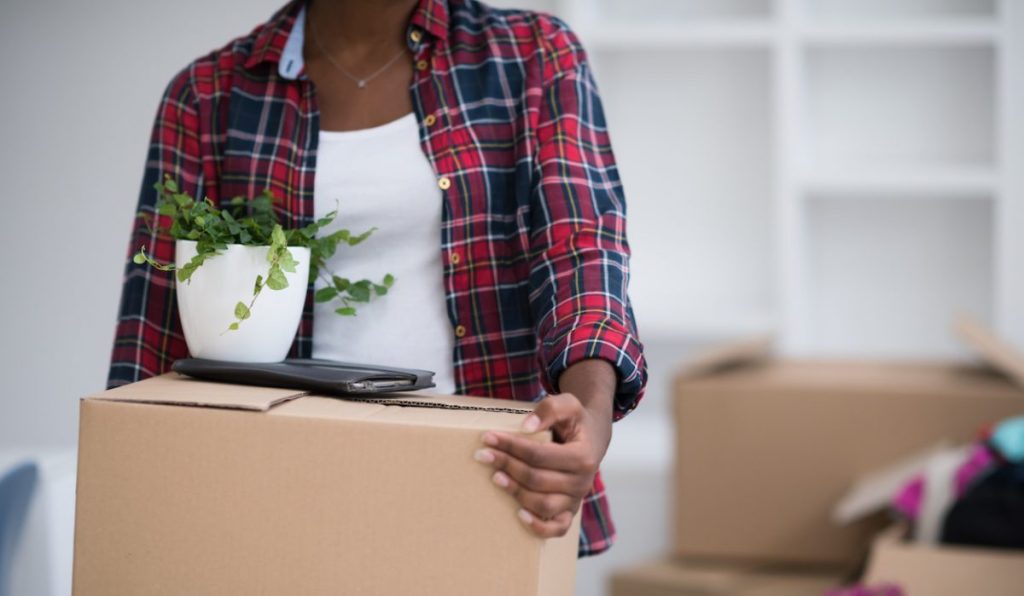In analyzing more than 7 million homes sold between 2013 and the beginning of 2021, Redfin found homes in Black neighborhoods are undervalued by an average of $46,000 compared to homes in primarily white neighborhoods, the company said.
The report accounts for the fundamental factors contributing to a home’s value, such as size, condition, neighborhood amenities and schools.
Only 44% of Black Americans own the home they live in, versus 74.5% of white Americans. Black families who do own their homes have less equity than other races, Redfin reported, with a median home equity of $89,000 in January 2021 versus $113,000 for white families.
That $89,000 is the lowest median equity among the four races represented in Redfin’s March study, as homeowners in primarily Asian neighborhoods reported $257,000 in median equity and homeowners in primarily Hispanic neighborhoods reported $102,000 in median equity. Homeowners in primarily Black Neighborhoods also started with less equity than Asian ($178,000), Hispanic ($35,000) and white ($63,000) homeowners in 2019, prior to the outbreak of COVID-19.
The value gap between homes in Black and white neighborhoods has held steady over the last eight years, Redfin reported, fluctuating just slightly year-by-year. Homes in primarily Black neighborhoods nationwide were valued at an average of $41,000 less than comparable homes in primarily white neighborhoods in 2020, compared with a $46,000 devaluation in 2013.
Reginald Edwards, Redfin senior economist, said racist housing policies that were outlawed in the 1960s combined with “continuing biases” among homebuyers and housing professionals in parts of the home-buying process — like appraisals and mortgage lending — are keeping Black Americans from building wealth through home equity.
“We’re left with bias and systemic racism to explain the variation in home values,” Edwards said. “That’s $46,000 that would multiply as the years go on and benefit future generations.”
He added that although Redfin’s analysis measures the undervaluation of homes in primarily Black areas after accounting for similarities and differences in neighborhoods, racial bias has also led to gaps in amenities between Black and white neighborhoods. For instance, areas with a high share of Black residents are likely to have less access to green space than white neighborhoods, and schools in minority neighborhoods are much more likely to be underfunded than those in white neighborhoods.
In looking specifically at Chicago — a city where 30% of the population is Black, according to data from the U.S. Census — homes in primarily Black neighborhoods are valued at an average of $56,000 less than comparable homes in primarily white neighborhoods over the past five years.
“There’s simply a perception that a home in mostly-Black Bronzeville, for example, is worth less than a home in Lincoln Park, which is mostly white,” said Arnell Brady, a Redfin Mortgage advisor based in Chicago. “It might be the exact same house, but the demographics and amenities of the neighborhood are different.”
Daryl Fairweather, Redfin chief economist, said “no real progress” on the racial home-value gap has been made over the last decade — which highlights the depth of the problem and how difficult it is to change, she added.
“There isn’t a policy that would make people less prejudiced,” she said. “We would need to see a broad cultural shift in the way homebuyers view neighborhoods that are predominantly Black. I’m hopeful that can happen.”
There are solutions, Fairweather said: investments at the federal and local level in communities and directly to Black homebuyers, confronting the racial bias of individuals involved in the homebuying process, and diversifying the real estate industry.
The disparity in white and Black homeownership has been well-documented, with the U.S. Census Bureau reporting white homeownership at a nine-year high in the fourth quarter of 2020. Black homeownership, meanwhile, had dropped to 44.1%.
“It used to be that many white homebuyers would consider a neighborhood undesirable if there were any Black residents at all, but now diverse neighborhoods aren’t as stigmatized. However, there still appears to be a stigma against primarily Black neighborhoods,” she said. “Unfortunately, the longer Black Americans have lower home values than their white counterparts, the longer they are missing out on wealth that could be used for other investments and to pass along to their children.”






